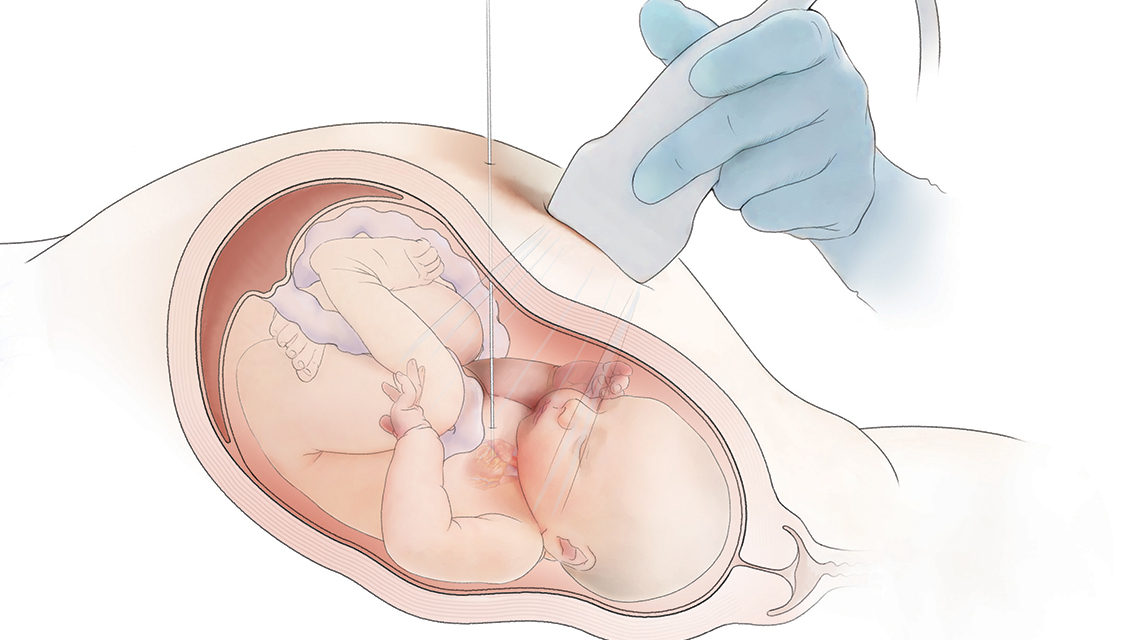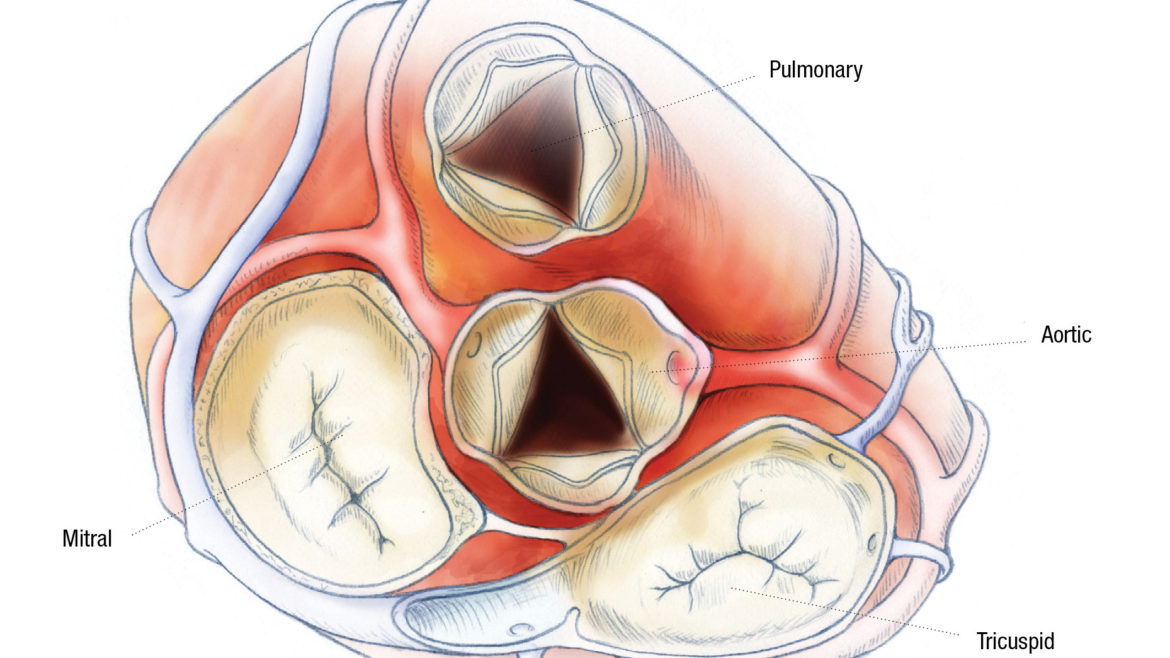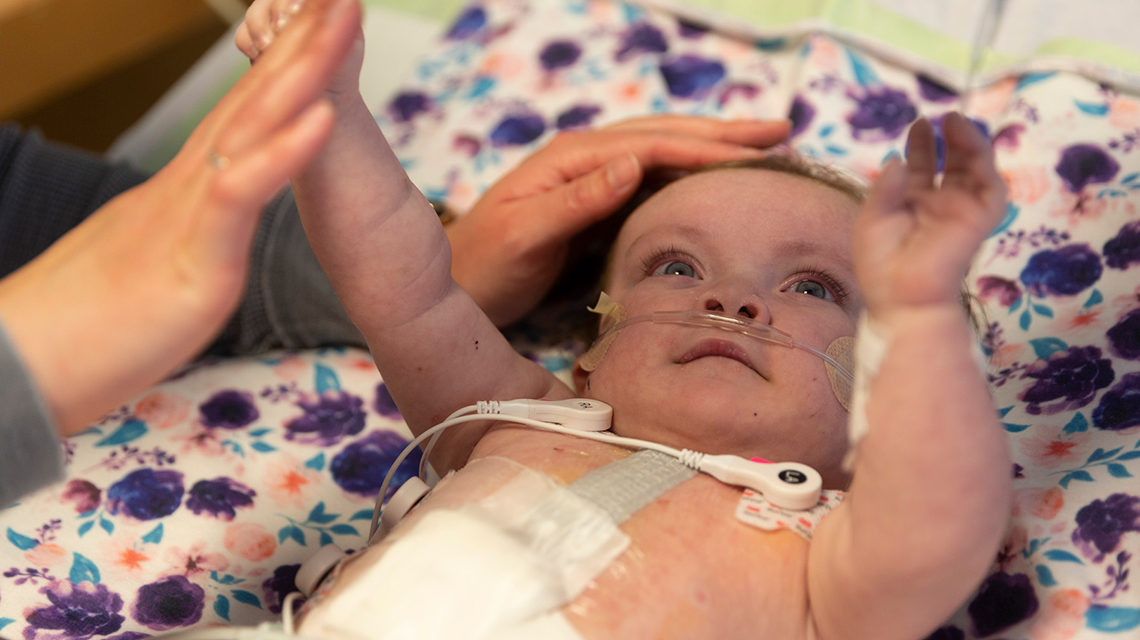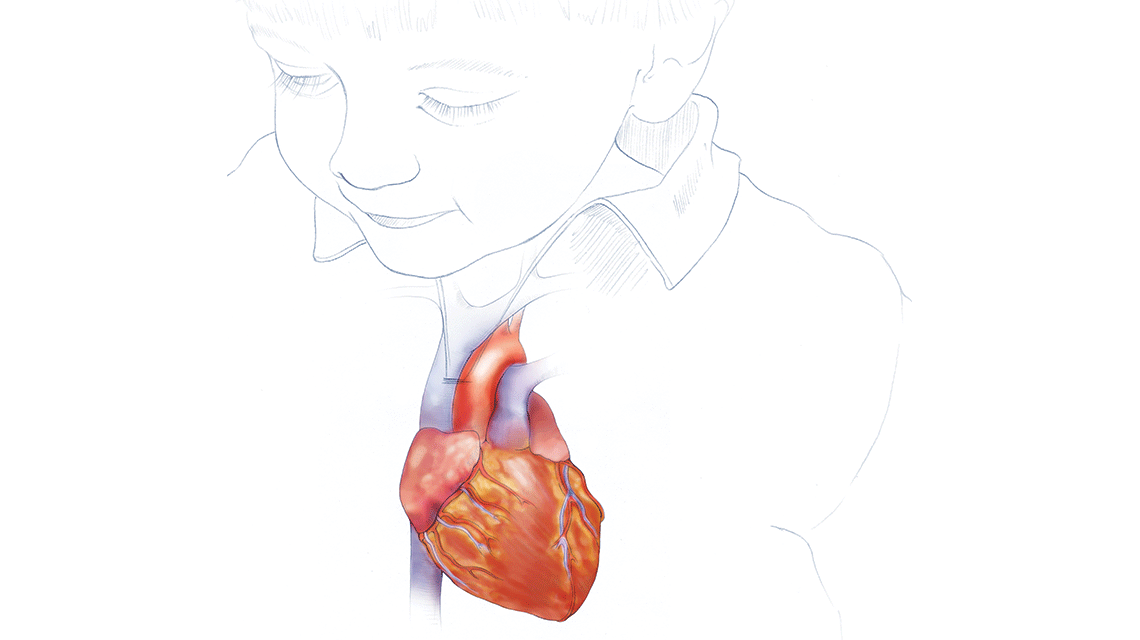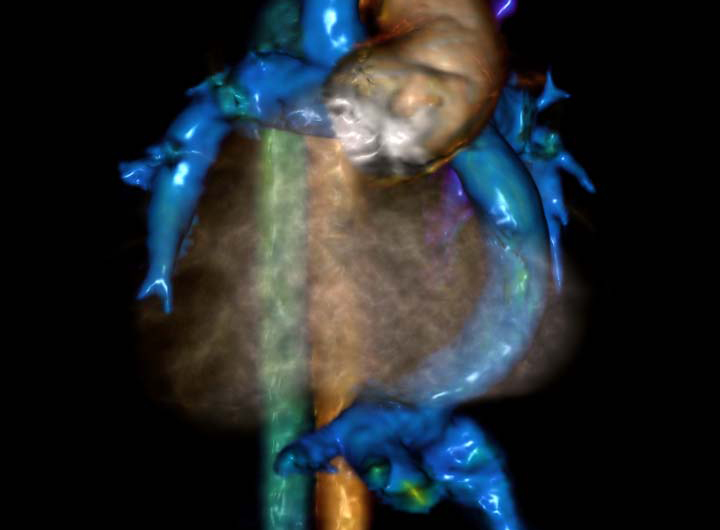Stem Cell Study Opens Door to Understanding Development of Rare Form of Congenital Heart Disease
Stem Cell Study Opens Door to Understanding Development of Rare Form of Congenital Heart Disease https://pediatricsnationwide.org/wp-content/themes/corpus/images/empty/thumbnail.jpg 150 150 Pam Georgiana https://pediatricsnationwide.org/wp-content/uploads/2023/07/May-2023.jpgResearchers use induced pluripotent stem cell technology and single-cell genomics to pinpoint abnormal cell development in hypoplastic right heart syndrome. A rare form of hypoplastic right heart syndrome (HRHS), pulmonary atresia with intact ventricular septum (PA-IVS), occurs when the structures on the right side of the heart are malformed. Specifically, in PA-IVS, the pulmonary valve…




